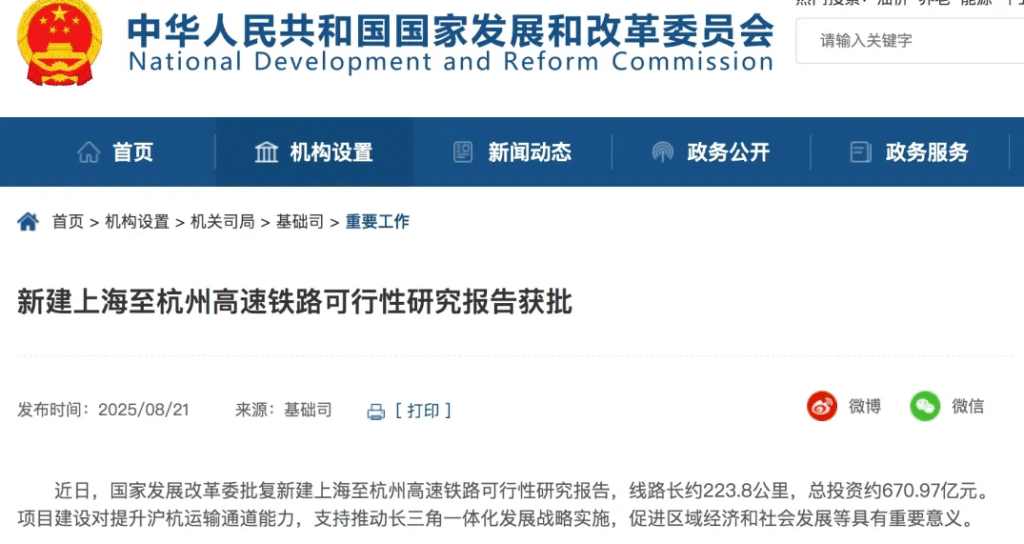In recent years, anyone following the semiconductor industry knows one major shift—TSMC can no longer manufacture chips for Huawei’s HiSilicon.
For years, HiSilicon and TSMC were a golden partnership. HiSilicon designed advanced blueprints, while TSMC turned those designs into world-class chips. This collaboration helped fuel Huawei’s global smartphone success.
But U.S. restrictions changed everything. At first, Washington imposed a 15% technology threshold—as long as TSMC’s production avoided too much U.S. technology, it could still supply Huawei. Soon after, the line dropped to zero: if any U.S. technology was involved, Huawei was off-limits.
HiSilicon suddenly had blueprints with no builders, a symbolic moment for China’s semiconductor bottleneck.
SMIC’s Struggles and Opportunities
Huawei wasn’t passive. During the 180-day grace period, it shifted part of its 14nm chip orders to SMIC (Semiconductor Manufacturing International Corporation).
At the time, SMIC wasn’t a market darling. Before 2018, it barely attracted investors. But by 2020, it became one of the fastest companies to list on the STAR Market, its valuation soaring—so much so that even the Trump administration considered sanctions.

Yet SMIC faces the same problem: dependence on EDA (Electronic Design Automation) tools, dominated by American firms. Domestic alternatives are still too weak to replace them.
This left Huawei and HiSilicon at a crossroads—capable of designing cutting-edge chips, but unable to find reliable manufacturing partners. Buying from Samsung, MediaTek, or Qualcomm was also blocked by U.S. policy, leaving Huawei’s smartphone division in a suffocating position.
Japan’s Semiconductor Rise and Fall
China’s current challenges echo Japan’s semiconductor story decades earlier.
- 1970s–1980s: Japan rose rapidly, and by 1989, its chip industry controlled over 50% of the global market. In 1990, six of the top ten semiconductor firms were Japanese, making it a true “chip empire.”
- VLSI Project: Under U.S. market pressure and IBM’s dominance in DRAM, Japan launched the VLSI project in 1976, pooling Hitachi, Mitsubishi, Fujitsu, Toshiba, and NEC. With ¥720 billion invested, they shared research outcomes, generating over 1,000 patents in four years. Japan’s chips quickly caught up.
- U.S. Pushback: But Washington resisted Japan’s dominance. U.S. policies favored Korea’s Samsung with low tariffs (0.5%) while imposing 100% tariffs on Japanese DRAMs. Coupled with U.S. military and financial leverage, Japan was forced to retreat.
By 1998, Korea had overtaken Japan in DRAM production. Later, Taiwan’s foundry model (TSMC and UMC) allowed U.S. firms to focus on design while outsourcing production, leaving Japan sidelined.

Eventually, Japan’s chip firms merged (Elpida was one example) but still failed by 2012. Today, Japan remains influential mainly in semiconductor equipment and materials, retaining leverage over Korea through supply chain dominance.
Why Building a Chip Empire Is So Difficult
Japan’s history shows the obstacles:
- Technical Barriers – Advanced chipmaking demands massive R&D spending and top talent. For example, SMIC needed five years to move from 28nm to 14nm, while TSMC advanced from 14nm to 7nm in just two years.
- Talent Shortages – China’s semiconductor sector still lacks tens of thousands of top-tier engineers.
- Geopolitical Pressure – The U.S. not only restricts exports but also rallies allies. In 2023, Japan joined Washington in curbing exports of 23 types of semiconductor equipment to China.
China’s Possible Path Forward
Despite challenges, China holds advantages. As the world’s largest semiconductor consumer and a leader in sectors like photovoltaics and new energy, it has bargaining power in negotiations.
China cannot simply repeat Japan’s mistakes. Instead:
- Focus first on mature nodes (28nm, 14nm) to support automotive and IoT markets.
- Invest heavily in EDA, equipment, and materials to close “choke points.”
- Encourage industry-wide collaboration, learning from Japan’s VLSI success while avoiding overreliance on a single technology.
- Build a complete domestic supply chain—from design to manufacturing, testing, equipment, and materials.
- Diversify global markets to reduce vulnerability.
Conclusion
China’s semiconductor journey is filled with obstacles, but also resilience. HiSilicon, SMIC, and other domestic players are under enormous pressure, yet they continue to push forward.
History shows there is no shortcut to a chip empire. It requires decades of investment, collaboration, and persistence. While the U.S. clampdown has created a “life-or-death” test for Huawei and China’s semiconductor ambitions, it may also spark long-term breakthroughs.
As the saying goes, “no scars, no tough skin.” Building a resilient semiconductor ecosystem will be painful, but it is a path China is determined to walk.



